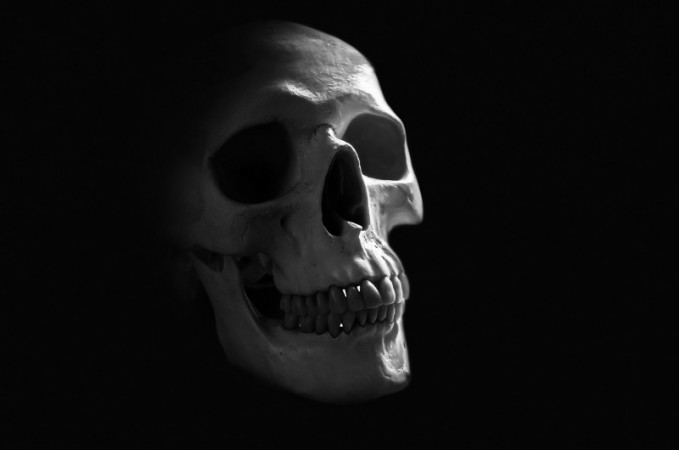As we journey through life, our bodies undergo numerous changes. One intriguing aspect is the growth of our skull – the protective casing for our brain. Have you ever wondered how long this process continues? Let's delve into the captivating world of skull growth and discover the amazing insights it holds.
Unveiling the Basics of Skull Growth
- Embryonic Development: The skull's growth begins even before birth, during embryonic development. The bones gradually form through a complex process known as ossification.
- Fontanelles and Sutures: Fontanelles, often referred to as "soft spots," are gaps between a baby's skull bones. They allow for flexibility during childbirth and brain growth. Over time, these fontanelles close as the bones fuse together through sutures.
- Rapid Growth in Infancy: During the first year of life, an infant's skull experiences significant growth. This rapid expansion is crucial to accommodate the brain's development and the overall growth of the body.
The Childhood Growth Phase
- Continued Growth: Throughout childhood, the skull continues to grow to match the growth of the brain. This process is vital for maintaining proper proportions and cognitive development.
- Influence of Genetics: Genetics play a pivotal role in determining the duration of skull growth. Some individuals might experience prolonged growth, while others see it slow down earlier.
Adolescence and Beyond
- Adolescent Changes: As puberty arrives, the skull's growth rate decreases compared to the rapid growth seen in infancy and childhood. The focus shifts to other areas of development.
- Closure of Sutures: By early adulthood, most of the sutures have fused, and the skull reaches its final form. However, certain sutures, like the metopic suture along the forehead, might take longer to close.
Factors Affecting Skull Growth
- Hormones: Hormonal changes, especially during puberty, can influence the pace of skull growth. Growth hormones and sex hormones contribute to these changes.
- Nutrition: Adequate nutrition, particularly during childhood, is essential for optimal skull growth. Adequate intake of calcium, vitamin D, and other nutrients supports bone development.
- Physical Activity: Engaging in regular physical activity stimulates bone growth, including that of the skull. Weight-bearing exercises can have a positive impact on bone health.
The Remarkable Concept of Neurocranial Growth
- Brain Growth: The primary driver of skull growth is the brain itself. As the brain expands in size, the skull adapts to accommodate this growth while maintaining structural integrity.
- Balancing Act: The skull's growth is a delicate balance between accommodating brain expansion and maintaining proper protection. Nature has perfected this intricate dance over millennia.
The Journey's End: When Skull Growth Stabilizes
- Closure of Sutures: By the age of 25, most individuals experience complete closure of their cranial sutures. This signifies the end of significant skull growth.
- Minor Changes: While the overall skull shape remains relatively constant after suture closure, minor changes can occur due to factors like aging, muscle attachment, and dental changes.
In conclusion, the growth of the skull is a captivating process that begins before birth and continues into adulthood. It's a reflection of our body's incredible adaptability and the dynamic interplay between brain development and skeletal structure. Understanding the journey of skull growth allows us to appreciate the marvels of our own bodies and the intricate mechanisms that govern their growth.
Ageing Symptoms You Should Be Aware Of
The Power of Wellness Blogging: Cultivating a Holistic Lifestyle
Which of the top 9 dog breeds have the longest lifespans?
